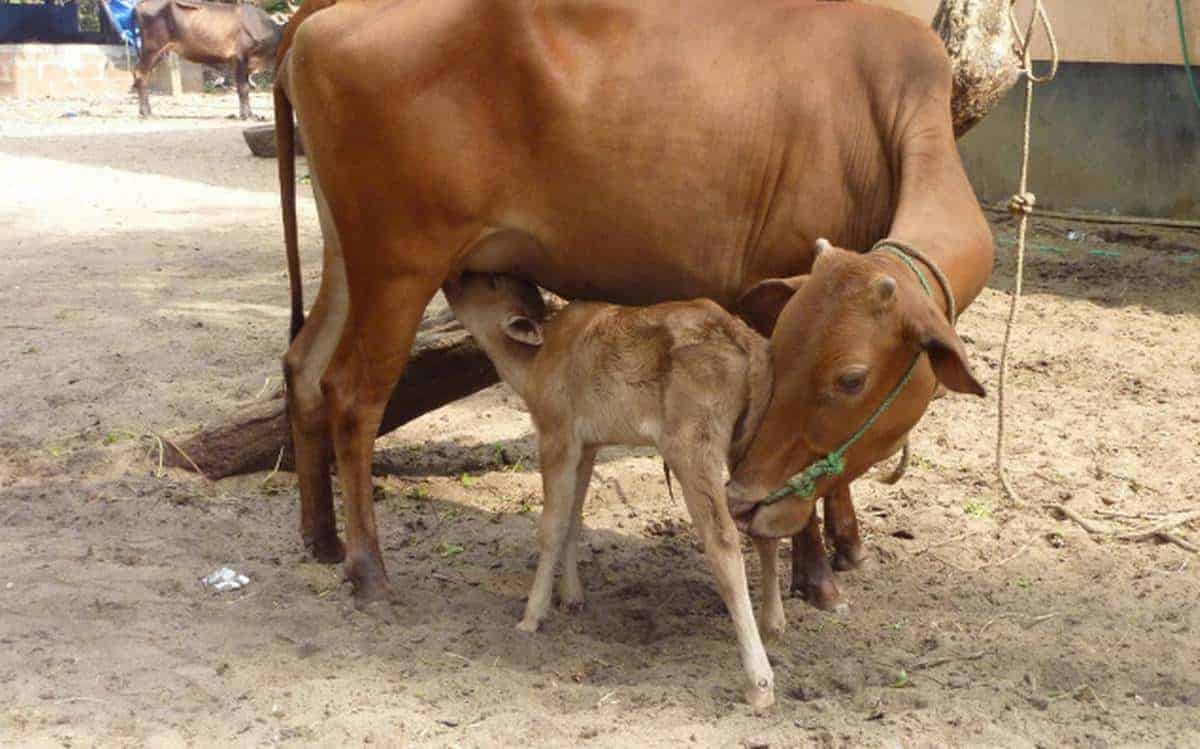
One Health for Sustainable and Secure Future
ONE HEALTH is a multi-sectoral approach that recognizes the interconnectedness between humans, animals, and the environment and an effective response mechanism to prevent emerging infections.
Originating in December 2019, the SARS-CoV-2 virus has without a doubt got the world down on its knees. The virus is one among the growing list of zoonotic diseases – those that are naturally transmitted between animals and humans – and it is clear that the effects of its large scale outbreak are far and wide. Time and again viruses like SARS, MERS, H5N1, Zika, Ebola and now SARS-CoV-2 have demonstrated how unknown pathogens can infect animals and humans and pose serious threats to societies all over. Given this, a one-sided approach to prevention and eradication of diseases will be unsuccessful and requires an effective response mechanism- what is called the One Health approach. This is a multi-sectoral approach that recognizes the interconnectedness between humans, animals, and the environment.
In the past two decades, 60% of infectious human diseases have had animal linkages, establishing zoonosis as an international public health issue. Apart from this, zoonotic diseases have serious economic outcomes. The World Bank has suggested that a low-level influenza pandemic could globally reduce production by almost 1% of GDP, a moderate pandemic by almost 2% and a serious pandemic by as much as 5%, which would result in a serious economic recession.
The need for prompt action has become more relevant now with COVID-19 estimated to cost global growth $9 trillion over the next 2 years besides the social impact due to loss of lives.
Health is a critical aspect of the Sustainable Development Goals (SDGs) and this approach supports the SDG framework which aims at ensuring that healthy people and animals live on a healthy planet. The current pandemic has certainly shown us that the best approach nations can take to address growing global health concerns is to adopt the One Health approach.
Together with a shared vision and mission of achieving better health outcomes “One Health” can be effective in collaboration and coordination of program & policy implementation, legislation and research at the local, regional, national, and global level. However, any futuristic approach to one health mission can give fruitful results provided it is driven by a government agency which is the source/origin of one health along with subsequent convergence with all stakeholder government agencies, both at central and state Government level.
Globally, our current response strategies to address emerging infectious diseases (EIDs) is to develop vaccines and drugs after they emerge. This has often led to large-scale outbreaks resulting in high mortalities and economic losses- the West Africa Ebola virus is a recent example. Evidently, there is a need for countries to develop strategies to maintain an effective alert system to predict, detect and respond to outbreaks of international concerns. Adopting the One Health approach can help countries combat the rise in pandemics in a cost-effective manner by helping them timely identify the underlying drivers of EIDs.
This is of particular importance for India. A large fraction of the population in India lives in rural farming communities with close contact with livestock and other animal species. Endemic zoonotic diseases such as Brucellosis, Tuberculosis, Rabies and Anthraxtogether with new and emerging zoonotic infections (such as Corona, Nipah, Influenza, SARS, MERS, Ebola, Kyasnur Forest Disease etc.) and the well-documented emergence of antimicrobial resistance are of particular concern to the nation.
To ensure One Health for India would require – the convergence of all R&D and technological initiatives available at national and global levels; identification of global best practices along with technical capacity building programs which can be implemented in India; investment in R&D, robust infrastructure building and surveillance capabilities which will help us in developing and strengthening our rapid response capacities; identifying and driving future R&D and technology development efforts; setting up pilots including amplification; technical capacity building; and initiating behaviour change through formulating effective leadership strategies. Besides these, there is also a need to encourage a policy environment which enables core capacity building in order to respond to EID challenges.
As our populations grow, so does the pressure to sustain this growth, especially when it comes to our approach to food production and agriculture making the One Health approach more relevant today.
It will help us in understanding the dynamics of human-wildlife-livestock-
In the current situation, there is a lot which is still beyond our control. While we have made concerted efforts to deal with this pandemic, it continues to gravely impact our nation’s health, well-being, and economy and the thought of another such pandemic will have a back-breaking effect on the country. Essentially, the need to create preparedness policies, developing response mechanisms through public health programmes, identification of research gaps and the synergistic approach of different sectors is crucial. The time has come for us to recognize the interconnection between different lives and work towards a healthy and sustainable future.
DISCLAIMER: Views expressed above are the author’s own.
Source: The article is extracted from The Times of India, August 22, 2020.
